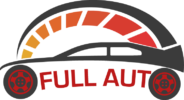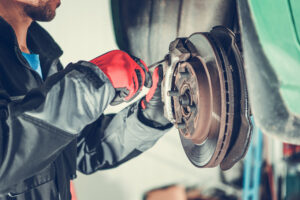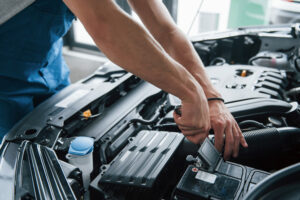Boot Condition Analysis: More Than Just a Visual Check

Image Source: www.bmwofescondido.com
CV boot condition is critical for joint longevity. Technicians inspect boots thoroughly to prevent premature failures effectively. Healthy boots protect grease and prevent contamination reliably. Cracked or loose boots allow dirt and water inside continuously. Early detection avoids costly CV joint replacement and downtime. Proper inspection involves more than just looking carefully. Pliability, cracks, and clamping must all be assessed consistently. Boot health ensures smooth torque transfer and driveline integrity. Preventive checks extend vehicle lifespan and enhance safety significantly.
Pliability Testing
Technicians press and flex the boot to check pliability gently. Boots should remain flexible without cracking or stiffening consistently. Hardening or brittleness indicates aging or exposure to extreme conditions reliably. Healthy boots accommodate movement without restricting CV joint articulation continuously. Ignoring pliability can lead to grease leakage and accelerated wear. Proper testing identifies compromised boots before internal damage occurs. Flexing reveals hidden weaknesses not visible during visual inspection. Early detection protects CV joints from dirt and water infiltration effectively. Maintaining pliable boots by BMW Repair in Escondido, CA prevents sudden driveline failures and costly repairs.
Crack Detection
Close inspection identifies surface cracks or minor splits forming gradually. Small cracks can quickly expand under regular vehicle motion consistently. Cracked boots allow contaminants to reach critical joint areas reliably. Healthy boots maintain smooth and continuous protection for the grease. Ignoring cracks leads to irreversible joint damage over time continuously. Technicians use light and magnification for detailed assessment carefully. Identifying cracks early allows timely replacement and prevents joint failure. Proper crack detection saves repair costs and extends CV joint life. Recognizing subtle splits is essential for drivetrain reliability and safety.
Comparative Analysis
Technicians compare left and right boots for symmetry and wear consistently. Healthy vehicles show similar pliability, clamps, and crack-free surfaces on both sides. Differences highlight localized stress or damage that may require intervention. Ignoring side-to-side variations may overlook developing failures on one side. Comparative analysis ensures balanced drivetrain protection and extended joint life. Observing symmetry identifies uneven wear patterns and abnormal stresses effectively. Technicians document differences for preventive maintenance or corrective action accurately. Comparing boots provides context for understanding overall CV joint health. Symmetry assessment improves reliability and helps prevent unexpected breakdowns efficiently.
Conclusion
Boot condition analysis is essential for CV joint protection. Pliability, cracks, and clamps must all be evaluated thoroughly consistently. Early detection prevents grease loss, contamination, and joint damage reliably. Comparative checks ensure both sides of the vehicle are monitored. Proper assessment extends CV joint lifespan and improves driveline performance. Healthy boots maintain smooth torque transfer and reduce vibration effectively. Comprehensive inspection protects vehicle reliability and minimizes future repair costs. Following thorough boot checks ensures long-term drivetrain integrity and safety. Accurate boot analysis safeguards joints and prevents unexpected failures efficiently.




